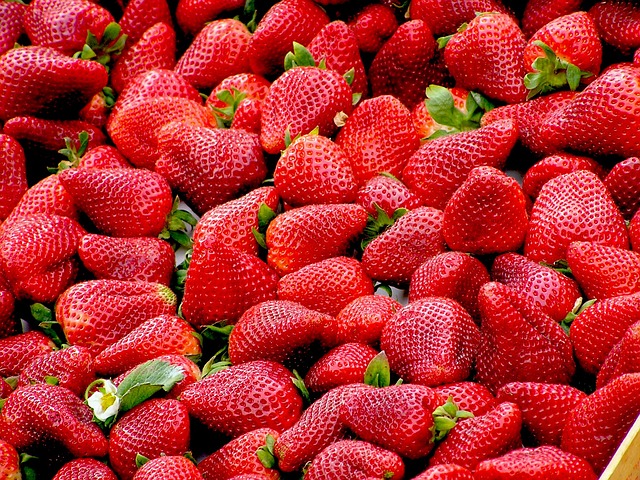Beyond Yogurt: Surprising Food Sources of Probiotics Revealed
The Power of Probiotics
Probiotics have gained significant attention in recent years for their potential health benefits. These live microorganisms, often referred to as “friendly” bacteria, can contribute to a healthy gut microbiome and support various aspects of our well-being.
While yogurt has long been hailed as the poster child for probiotics, there’s a whole world of surprising food sources that are rich in these beneficial bacteria. Let’s explore beyond yogurt and discover the unexpected sources of probiotics that can enhance our digestive health.
Fermented Vegetables: A Tangy Twist
Move over pickles, there’s a new tangy treat in town. Fermented vegetables like sauerkraut and kimchi are not only delicious but also potent sources of probiotics. These traditional fermented foods undergo a process of lacto-fermentation, which promotes the growth of beneficial bacteria. The result is a tangy, probiotic-rich addition to your diet.
Sauerkraut, made from fermented cabbage, offers a crisp, tangy flavor that can uplift any meal. Kimchi, a staple in Korean cuisine, combines fermented cabbage with spices, creating a spicy and sour delight. Incorporating small servings of these fermented vegetables into your meals can diversify your probiotic intake.
Kombucha: The Bubbly Brew
Kombucha, a fizzy fermented tea, has skyrocketed in popularity for its unique taste and potential health benefits. This trendy beverage is made by fermenting sweetened black or green tea with a culture of bacteria and yeast, known as a SCOBY (Symbiotic Culture of Bacteria and Yeast).
The result is a tangy, slightly sweet, and sparkling drink that can provide your gut with a dose of probiotic goodness. With various flavors available in stores or even the option to brew your own at home, kombucha offers a refreshing and enjoyable way to incorporate probiotics into your routine.
Miso: The Umami Elixir
Miso, a traditional Japanese seasoning, is not only packed with umami flavor but also contains a wealth of probiotics. This paste is made by fermenting soybeans with koji, a fungus responsible for breaking down the soybeans’ complex compounds.
Miso comes in different varieties, including white, yellow, and red, each with its own distinct flavor profile. Whether in soups, dressings, or marinades, incorporating miso into your meals can introduce probiotics while enhancing the taste of your dishes.
Kefir: The Cultured Drink
Kefir, often described as a tangy, drinkable yogurt, is a fermented milk beverage that packs a probiotic punch. It is made by adding kefir “grains” (a combination of bacteria and yeast) to milk, leading to fermentation and the production of probiotics.
This probiotic-rich drink offers a creamy texture and a tangy flavor that appeals to yogurt lovers. Kefir is available in various options, including dairy-free alternatives like coconut milk kefir or water kefir, making it accessible to individuals with dietary restrictions.
Tempeh: A Plant-Based Probiotic Powerhouse
For those following a plant-based diet, tempeh offers a delicious and probiotic-rich alternative to yogurt. This Indonesian soy-based product is made by fermenting soybeans with a starter culture, resulting in a firm and nutty cake.
Tempeh is not only a great source of probiotics but also a good protein substitute. With its versatility and unique texture, it can be used in various dishes – from stir-fries to sandwiches – providing a flavorful and nutritious addition to your meals.
Wrap Up
Beyond yogurt, a wonderful array of unexpected foods can provide your body with beneficial probiotics. From fermented vegetables like sauerkraut and kimchi to kombucha, miso, kefir, and tempeh, there are plenty of options for everyone’s taste and dietary preferences.
By diversifying your sources of probiotics, you can support your gut health while enjoying the flavors and textures these foods have to offer







